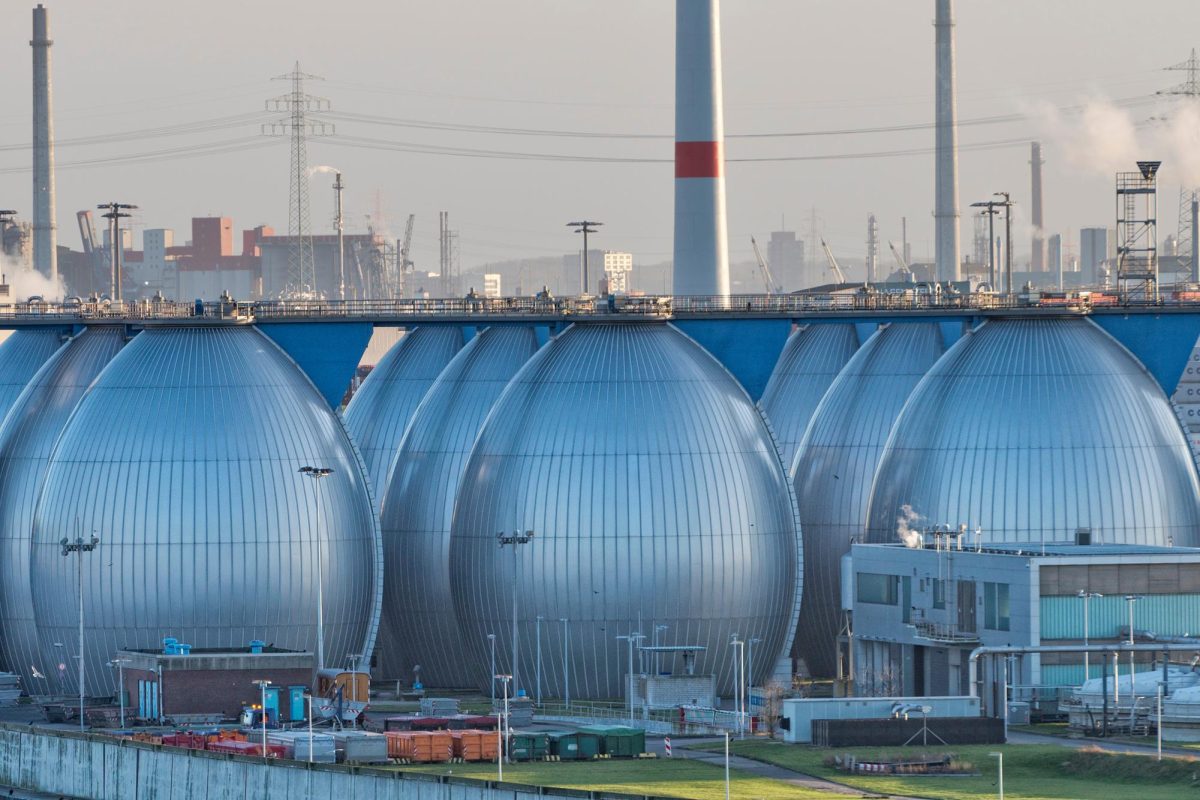California regulators approved the construction of the $140 million Doheny Ocean Desalination project in October 2022, aiming to supply Orange County with millions of gallons of fresh water daily.
At first glance, desalination plants shimmer as a ray of hope amid the unyielding droughts that plague Californians, especially when considering the fact that Californians have consistently ranked droughts as their highest environmental concern. As water scarcity ravages the agricultural industry, investment in desalination plants is a welcome solution to mitigate this ecological distress.
In reality, beneath the allure of seemingly endless freshwater, lies a complex web of concerns. While the Californian government may play the facade of an environmental conservationist, desalination plants do little to solve the problems at hand. Californians consume an astounding average of 38 billion gallons of water per day. At the same time, even the most generous estimates suggest that desalination plants can produce only 18 billion gallons of water per year. The minute impact of desalination plants on the impending water crisis represents just one problem out of the hundreds that plague desalination plants.
Moreover, seawater intake, a fundamental component of desalination systems, causes organisms to get stuck in water pumps and filters, resulting in the death of nearly 6 billion marine organisms every year. This leads to increased levels of nitrate in water, destroying the quality of the water and local environments.
Our government is not the exception but rather symbolic of the rule: the tendency of those in power to loudly announce their efforts to satiate public scorn while maintaining vastly more damaging practices under the table.
For years, lawmakers keenly promoted the establishment of desalination plants as a testament to their dedication to water conservation. Still, they continue to overlook the immense energy demands these facilities impose, relying heavily on fossil fuels that contribute to climate change. Despite advocating for renewable energy initiatives elsewhere, their endorsement of desalination plants with carbon-heavy footprints demonstrated a contradictory approach to environmental stewardship.
As always, governmental spending, improvement, and detriment for our constituents are two sides of the same coin. No matter which way you flip it, one comes with the other. This policy, along with many others, is no exception. Lawmakers and companies gamble on landing heads, ignoring all else, whereas landing tails are much worse than anything they could ever hope to solve.




































